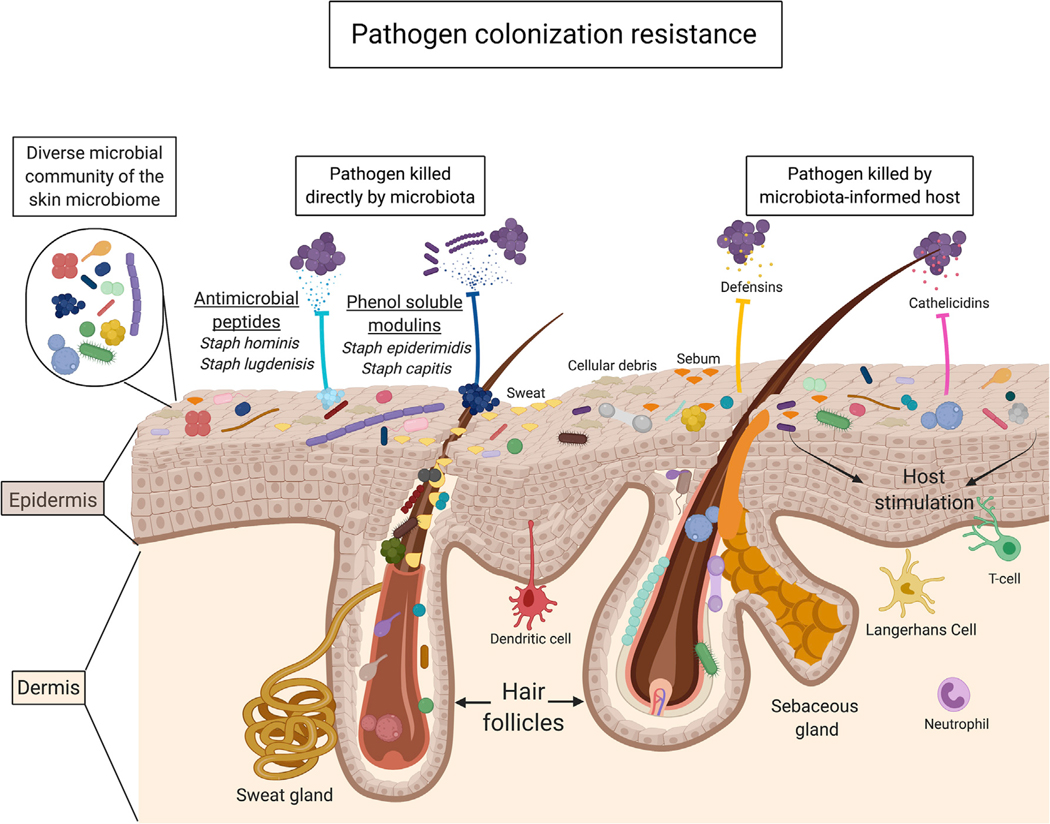Figure 4. Colonization Resistance, a Collective Contribution of the Skin Microbiome.
The skin microbiome is composed of a diverse microbial community; as also defined in Figure 1, this diversity spans through domains, from kingdom to strain. A recently recognized essential function of the skin microbiome is to provide protection against pathogens, termed colonization resistance. The skin microbiome achieves this through the capability to directly kill or alter the virulence of pathogens through the secretion of antimicrobial peptides and other molecules. Additionally, as many species are capable of stimulating keratinocytes, the microbiome can signal to the host to mount a protective immune response to invading pathogens. Importantly, the combined microbial-microbial and microbial-host interactions play a critical role in maintaining host health.

